
Warning:
Before reading this article, keep in mind that I am just a father who uses transcranial Photobiomodulation to heal his child‘s brain. I do a lot of research, and I read many scientific studies on the subject, BUT I am not a neurologist researcher specialized in Photobiomodulation. So please keep in mind that what you read is not to be taken as scientific truth and that you should do your own research!
Why this article?
Since I have been reading a lot about this therapy and using it, I see many parents or spouses who want to help their loved ones progress but unfortunately do not do it well! Unfortunately, there is a flagrant lack of support. Competent professionals are rare (even more so in France), and, for the moment, technical information is mainly found in scientific studies.
For me, it is a heartbreaking experience to talk with a parent who wants to do everything to help their disabled child but is using an unsuitable photobiomodulation device with the wrong settings.
That is why I decided to write this article to guide those who are confronted with the handicap.
I deliberately don’t go into (too many) technical details (I simplify!), but you can find more information in the other articles on this website if you want to learn more. One last recommendation before starting the article, don’t do it alone and get the help of an expert. I am thinking in particular of Anita Saltemarch.
Update on Transcranial Photobiomodulation:
As I write this article, in 2021, Photobiomodulation remains experimental. Scientific studies analyzing its effects on the brain are being conducted at an incredible pace, but we have not yet reached a stage where neurologists have adopted this therapy. Therefore, if you want to embark on the adventure alone, you will have to reproduce what has been validated in scientific studies precisely. Depending on the pathology to be treated, there will be more or less scientific evidence. So there is no room for improvisation!
What are the risks of going it alone?
Experimental therapy + Autonomy = Potential Risks
To date, no significant adverse side effects have been observed after the use of Photobiomodulation, but this does not mean that you are not exposed to possible risks, especially if you start without any preparation.
If you do things the wrong way, you could, for example, burn your skin (a device that is too powerful can overheat).
Or worse (let’s imagine the extreme), you could worsen the condition of a patient. Again, without getting too dramatic, you could be wasting time (and money) trying to treat your loved one ineffectively!
Correctly treating the brain with transcranial Photobiomodulation:
Here is the main information you need to know to achieve an effective therapy:
How to light the brain?
To get started, if you want to treat a brain, you will have to do transcranial and/or intranasal Photobiomodulation. This means that the light emitted by your Photobiomodulation device will have to pass:
- through the skull for transcranial Photobiomodulation.
- through the nose for intranasal Photobiomodulation.
These 2 ways of lighting are complementary. However, you should know that the evidence of cognitive improvement is more substantial for transcranial Photobiomodulation. In my opinion, you should prefer it. It is imperative to understand that with this lighting technique, the device must be placed on the skull, directly in contact with the skin.

If the device is far away (and thus not in contact), then the light will not be able to penetrate and reach the brain!
To my knowledge, no scientific studies are using Photobiomodulation bulbs or panels that prove a cognitive improvement. These types of devices should be skipped!
Whole body light beds will deliver hundreds of thousands of Joules, but as yet there is no research on this method of PBM for AD or brain disorders.
Michael R. Hamblin
Which light to use?
Your future Photobiomodulation device will have to illuminate the brain with a very precise light. Not just any light will penetrate the skull and cause a positive biological effect on the brain.
To achieve transcranial therapy, you will need to use infrared light with a wavelength between 800 and 850 nm. This information should be specified by the manufacturer of your future Photobiomodulation device.
The optimal wavelength would be 810 nm, which would allow the light to penetrate the skull’s depths better.
What dose of light?
When the doctor prescribes a medication, they will tell you the dose, when to take it and how long to take it.
If you take a smaller dose than prescribed, there will probably be no effect, and you will not get better. On the other hand, if you take a larger dose than prescribed, it is not sure that it will cure you, and you may even have health problems.
More is not always better
Alexis Wilson
It is a bit the same principle with Photobiomodulation!
Lighting too little will have no effect. And lighting too much will be ineffective (even harmful!).

Therefore, it is necessary to follow strictly the doses of light administered during scientific studies, which have proven a cognitive improvement!
The dose is expressed in Joules/cm²
During your transcranial photobiomodulation sessions, you should administer between 10 and 50 J/cm² on each area of the skull that will be illuminated. It is a wide range, but as scientific research progresses, it will be refined.
If you are just starting transcranial photobiomodulation, you should start with low doses (e.g., 5 J/cm²), observe the results, and gradually increase over several weeks. But remember: more is not always better!
Administering 50J/cm² on each area of the skull will not necessarily be better than 10J/cm², and even more so if it is on a child (the light would penetrate more deeply on a young brain compared to an adult brain).
For example, for my daughter, we administer between 10 and 20J/cm² depending on the ongoing objectives and protocols. We have never gone beyond that!
Which areas of the brain should be illuminated?
The answer to this question is quite complicated because what is valid for one person is not necessarily valid for another. Everything depends on the pathology, the objectives, etc. And once again, it is preferable to be assisted by an expert.
You should know that neurologists use the international 10-20 system to designate specific areas of the skull. This way, we can all talk about the same areas without getting confused. I will demonstrate this below:

If you want to treat a neurodegenerative disease (Alzheimer’s or Parkinson’s) or a head injury, you would have to light the brain uniformly. So, for example you could:
- Light the T3, T4, and Cz areas in the first month.
- The following month, you could change the positions and light F7, F8, and Fz.
- And in the third month, you could light T5, T6, and Pz this time.
- Then, repeat the protocol from the beginning.
If you want to progress a Trisomy 21 carrier, you could light the F3 and F4 zones (see this example).
Here is some additional information to know:
- We have 2 cerebral hemispheres, so if you stimulate an area in one hemisphere with Photobiomodulation, you should then stimulate the same area in the opposite hemisphere.
- Do 3 sessions of Photobiomodulation per week, with 48 hours of rest between each session (for example Monday, Wednesday, and Friday)
- Studies show that hair blocks the penetration of light. You will therefore have to shave the areas of the skull to be illuminated!
Which device to choose for a successful transcranial photobiomodulation?
The choice of the device will be a crucial element to succeed in your therapy! Why? Remember, we mentioned previously in this article the dose of light to administer: too little light, or too much, will have no effect. So to control and calculate the lighting times according to the desired dose, we need a device with high precision and reliable power; this is why the characteristics of a machine intended for the general public must be verified by a third party (see below in the sources).
Without going too much into details, just know that the marketing departments of the manufacturers of Photobiomodulation devices intended for the general public tend to inflate the figures. This is a problem for us! We need accurate figures. I insist on this point, it is crucial!
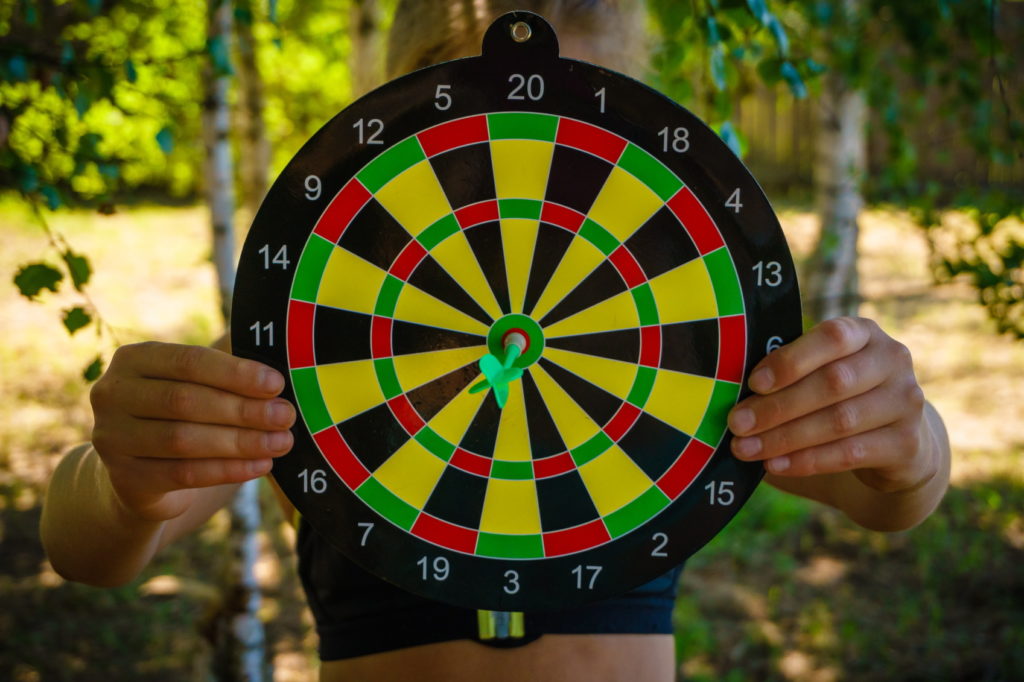
- The area (cm²) of lighting of the device, which should be between 10 cm² and 30 cm² (so it will not heat).
- the power (W) of emitted lighting.
- the irradiance: should be between 20 mW/cm² and 50 mW/cm².
With this information, you can calculate the exposure time according to the desired dosage.
Some devices send light continuously, while others also offer a “pulsed” light mode in 10 Hz or 40 Hz; this means that the light flashes quickly (10 times per second, or 40 times per second). If available, this is an interesting option because it would reduce stress in the patient (for the 10 Hz) and increase concentration (for the 40 Hz). Once again, the objective of this article is to make things simple without drowning you in technical details.
Things to remember for a successful therapy:
To summarize, here is what you absolutely must abide by if you want to treat a brain with Photobiomodulation:
- Carry out transcranial Photobiomodulation sessions.
- The dose of light administered will be between 10 and 50 J/cm².
- The irradiance of your device should be between 20 mW/cm² and 50 mW/cm².
- For general public Photobiomodulation devices, the figures stated by the manufacturer should be verified by a third party.
- Set up a protocol that defines the areas of the skull to be illuminated, and shave the hair in these areas.
My selection of compatible devices for transcranial Photobiomodulation:
The Photobiomodulation market is booming, and there are a lot of devices available. However, 99.9% are incompatible with transcranial Photobiomodulation! You will find below a (small) list of compatible devices, which can be used to treat a brain. I am expanding my list as I go along. It takes a lot of time because it is necessary to analyze the devices’ technical information and make sure that the announced figures are correct. If you have spotted a device that could be a good match, please let me know in the comments! Please note that I have no affiliation with any brand.
MedX Home:

This is the device that I personally use. It is of professional quality.
The figures:
- The technical documentation indicates energy delivered of 1 J/cm² in 22.2 seconds
- The irradiance is 44.48 mW/cm²
- The lighting area is 22.48 cm²
Here are the lighting times according to the dosage:

Infrared lamp BESTSUN IR-850 :
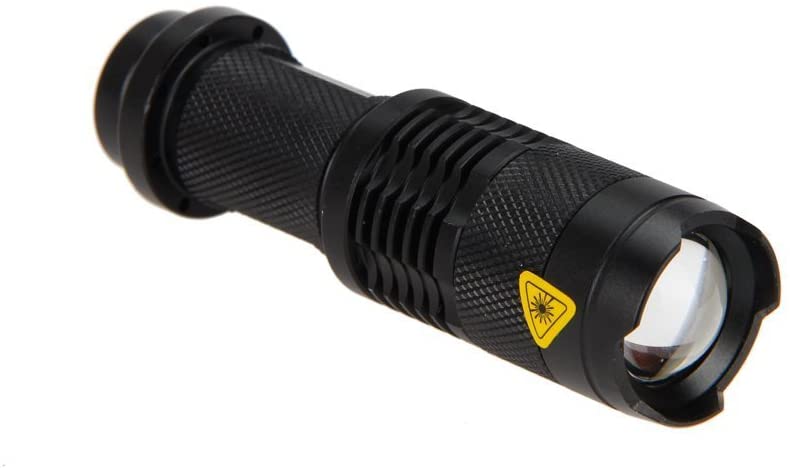
It is an infrared flashlight intended for night vision. However, its characteristics allow it to be used for our therapy!
https://www.amazon.com/gp/product/B07LGXBRVQ
Be careful; this purchase option should only be considered if you have a big budget problem! This is not the solution I recommend, but my list is meant to be as exhaustive as possible and consider parents/spouses who are financially disadvantaged.
The figures:
- The irradiance is 54 mW/cm²
- The lighting area is 5 cm²
I find the lighting area a bit small, but considering the price, it is possible to buy several lamps and attach them together.
Many thanks to John Iovine for his measurements and his valuable articles.
Here are the lighting times according to the dosage:

DIY Photobiomodulation device?
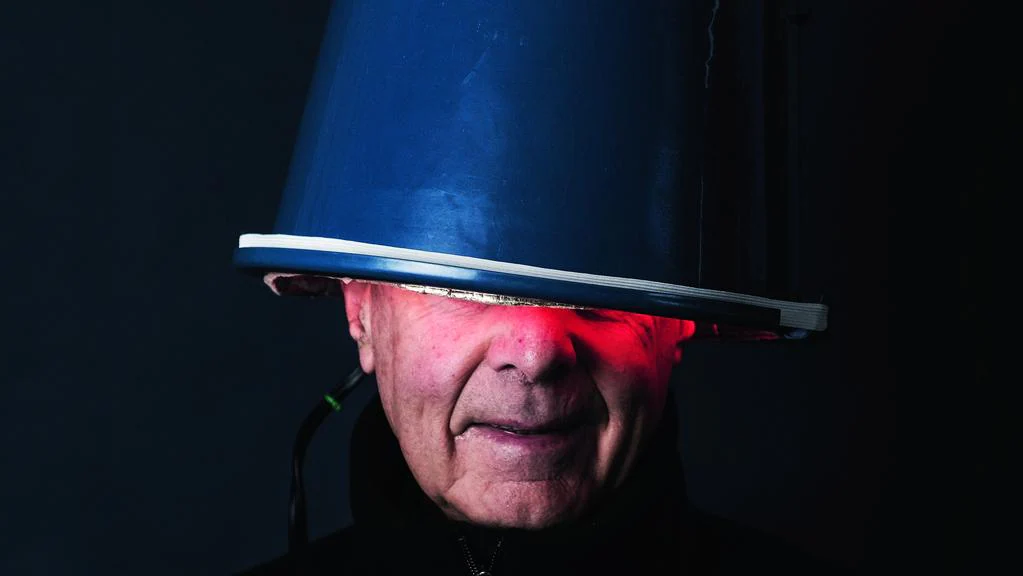
I don’t recommend using a DIY Photobiomodulation device. If you search hard enough, you might find some tutorials on the Internet that briefly explain how to build a device using a string of red LEDs. It will be impossible to have precise specifications, and therefore it will be impossible to calculate the lighting times. There is also a big chance that the power will be insufficient for the light to reach the brain. In short, you won’t get any result except a placebo effect.
More devices will be added to this list soon!
I am currently looking for other devices that are available to the general public. I will add them as I go along.
The Neuroplasticity.how community
Join the Neuroplasticity.how support community on Facebook to ask your questions and read the various testimonials.
Want to learn more?
Feel free to subscribe to the (non-commercial) newsletter to be kept informed:
Scientific sources
- Transcranial photobiomodulation in the management of brain disorders
- Penetration Profiles of Visible and Near-Infrared Lasers and Light-Emitting Diode Light Through the Head Tissues in Animal and Human Species
- Photobiomodulation for Alzheimer’s Disease: Has the Light Dawned?
- Transcranial photobiomodulation with near-infrared light from childhood to elderliness: simulation of dosimetry
Third-party:
Testing a Photobiomodulation device is not easy; you need the know-how and the right tools. You will find below some links to quality websites where it is possible to find reliable figures.

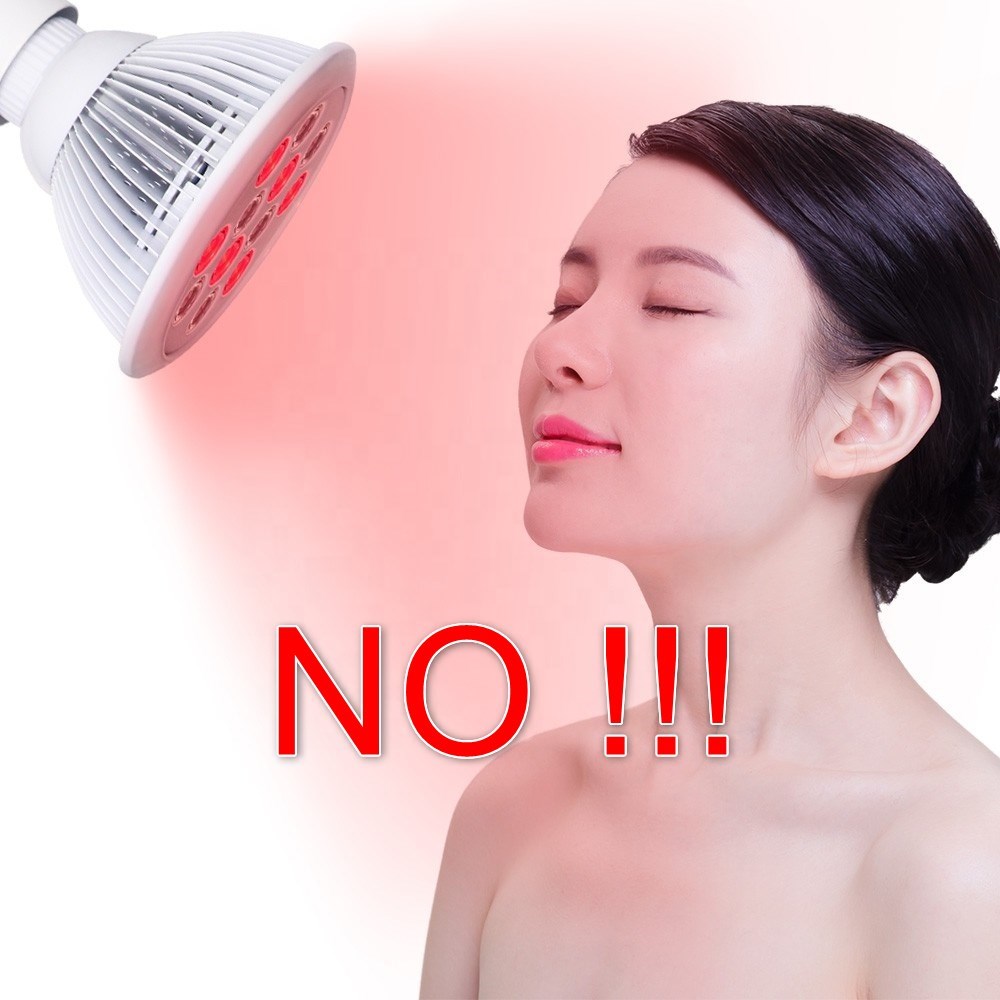
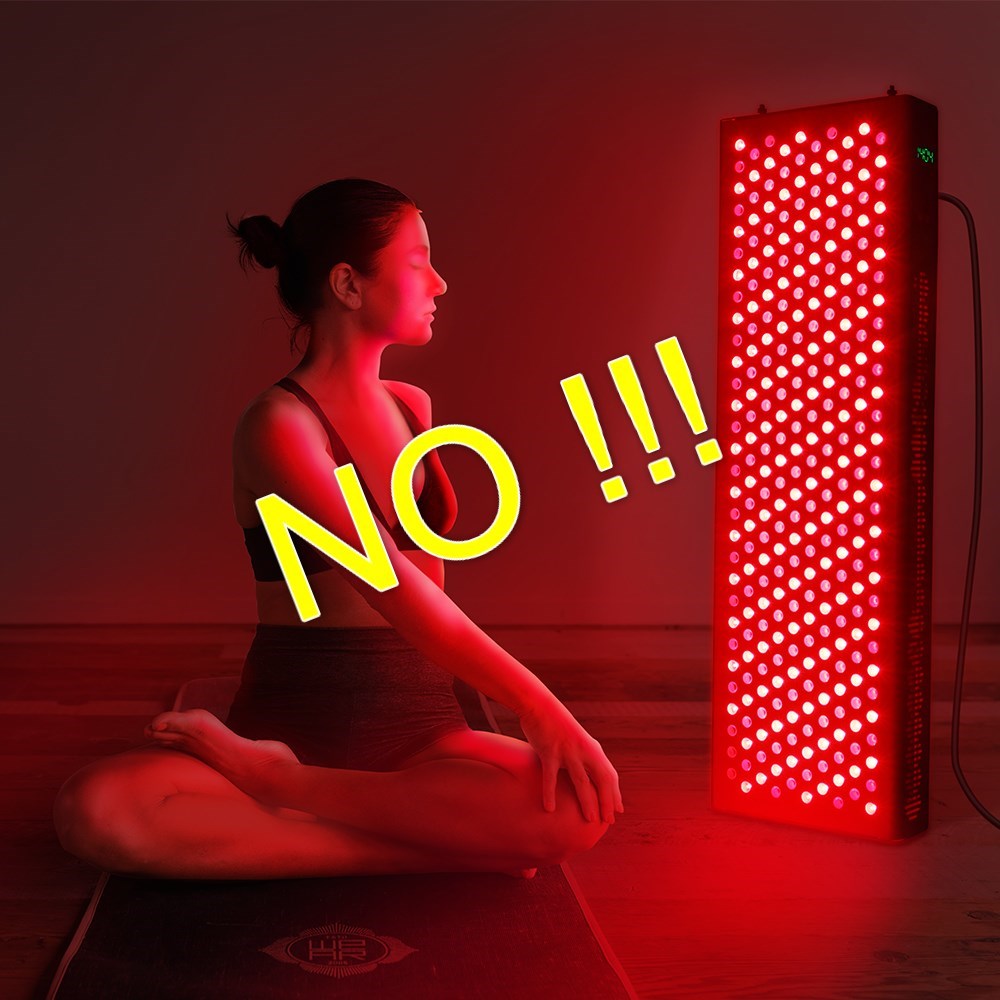
One reply on “The guide on how to treat the brain using Photobiomodulation”
Thank you for your excellent discourse on PBM, AND an actual useable procedure. In addition to light ‘penetration’ , there is likely an ‘abscopal’ effect (via blood circulation ?) in generating positive effects on the brain.
I’ve read an early (LLLT?) Pubmed article where a laser was used on carotid arteries to successfully increase human female fertility (ie abscopal/remote). Will send link when I can locate, but as I recall the laser was ‘pecked’ and the writer considered it very important in the treatment . This implies pulsing at ~3Hz? and relates to Sommers view on the PBM’s underlying ‘mechanics’ ( light effects on interfacial water, ROS dispersal, etc..). Link:
https://www.ncbi.nlm.nih.gov/pmc/articles/PMC6462613/ and related.
As I recall, the fertility study was done in Korea, treatment time was noted (~3.5min/spot) on non-cosecutive days, ‘effectivity’ ~20%, but light parameters were vague (as in all early studies). They might be recalculated if the study is found and laser was identified.
We are having encouraging results with a DIY device (850nm, pulsed~1.2Hz,~30% duty cycle, ~7mW/cm2 av, 35-40 min) applied on alternate days on the carotid arteries ( jawline below ears). The pulsing
seems to have increased effectivity.